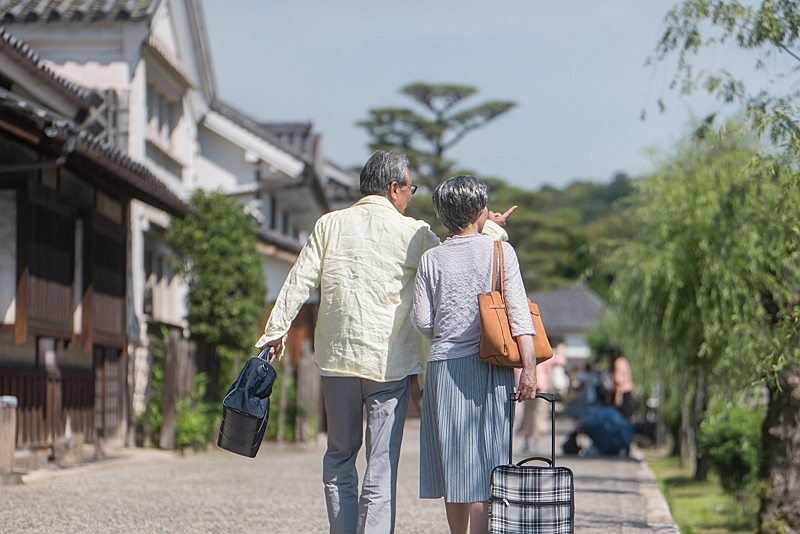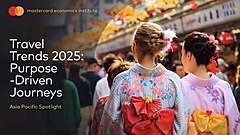
The Ministerial Council on the Promotion of Japan as a Tourism-Oriented Country approved a policy package for measures against over-tourism, which was discussed at cross-ministries meeting. Japanese Prime Minister Fumio Kishida said at the meeting, “The government will strengthen partnerships with local governments and private sectors in driving the measures smoothly, and provide about 20 pilot regions with comprehensive supports and extend the innovative models to other regions.”
The package clarifies that it is effective for local communities to take concrete actions in accordance to each of their backgrounds in order to build a sustainable tourism community. The comprehensive supports include necessary subsidy for the actions, according to Japan Tourism Agency.
Enrichment of transportation and tourism infrastructures
To take steps in overcrowd and manner violation, the government will support enrichment of transportation and tourism infrastructures in the over-tourism areas, such as promotions to shift tourists from local buses to railways, supports for ‘tourism without carrying baggage,’ expansion of supports for cashless and multi-languages payment from 10 areas to 20 or more areas nationwide, expansion of taxi-dispatch app and improvement of airport handling.
For enrichment of transportation, improvement of railway system and stations, introduction of share-ride taxi for international tourists and urgent actions for shortage of taxi will be addressed.
In addition, the government will help national parks introduce an admission fee system.
Deregulation of bus fares to manage demand
The government will strictly manage tourist entries in designated areas on an eco-tourism promotion law and start discussing appropriate tourist management in Mt. Fuji in this autumn.
Also, flexible operations of bus fares, including special fares in the overcrowded times and deregulation of bus fares, particularly focusing on Kyoto City, will be discussed.
To decentralize demand, the government is supporting introductions of a real time information delivery system to visualize overcrowd situations in tourist spots, like Kamakura or Biei, and early-morning or nighttime admission programs in museums or national heritages.
A manner guideline will be made
The unified pictogram to prevent manner violations will be made by the end of this fiscal year, and a manner guideline for international visitors will be drawn up. Also, more multi-languages billboards and digital signages will be set. A model project to promote tourists to change their attitudes in reducing trashes will start.
Branding national parks
To spread tourists to local areas, high-value tourism communities will be created in 11 model regions nationwide, such as Ise-Shima or East Hokkaido, and exclusive experience programs will be created nationwide in a variety of tourism resources, such as food, culture, nature or sports.
In addition, a branding programs will be promoted in four designated national parks, and a basic plan, including an increase in accommodations or experience activities, will be made by the end of this fiscal year.
Tourism promotion plans made with local communities
The government will support development of tourism promotion plans jointly by local governments or local DMOs and stakeholders of local communities in 20 designated areas, and extend the innovative models to other areas.
Japan Tourism Agency said, “Local communities themselves should draw what they should be, and it is effective for them to take concrete actions in accordance with their own challenges.” The framework of the cross-ministries meeting will remain to exchange information and discuss coming challenges.





